Last Updated
Unlike other Mexican destinations where sharks and crocodiles can at times be found swimming in the ocean, Los Cabos is pretty safe when it comes to marine wildlife.
The only animals tourists should watch out for here are jellyfish, in particular a species known as Portuguese Caravel, commonly referred to as aguamala.

However, the municipality of Los Cabos is inhabited by a few poisonous animals that can pose a risk to tourists.
In particular, visitors camping on local beaches or mountainous areas are now being asked to watch out for snakes and spiders.
The official warning
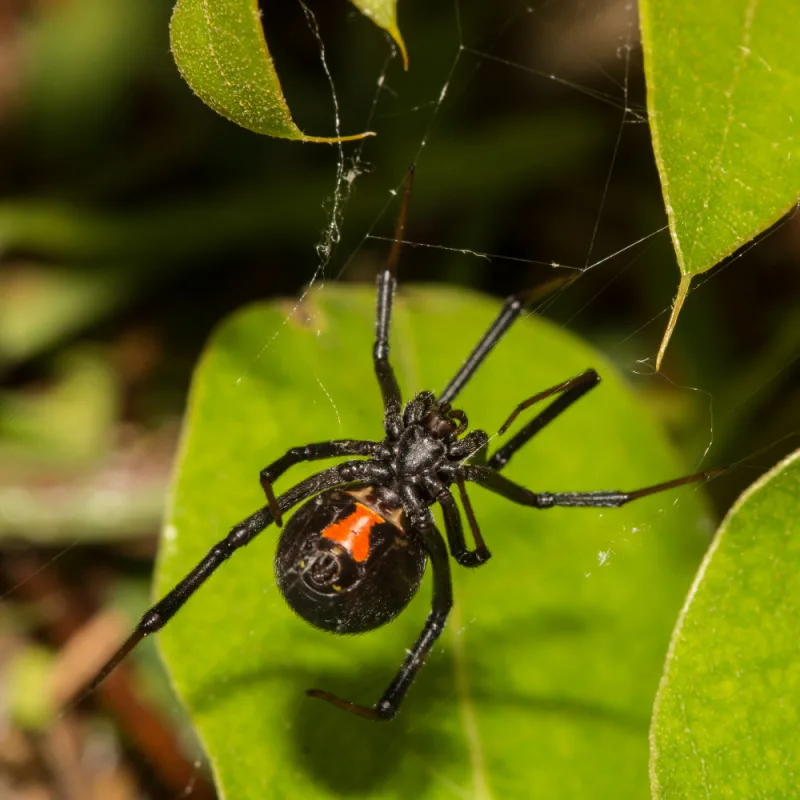
According to local news, the state Secretary of Health has recently issued some general recommendations to all families deciding to spend time in nature in Baja California Sur.
People are asked to always wear some sort of footwear and avoid routes crossing weedy or rocky areas.
Visitors should also get into the habit of shaking out their clothes and shoes before wearing them to remove possible poisonous animals that may hide there.
On top of this, tourists should avoid putting their hands in tree holes and caves, should always correctly dispose of their garbage, and should clean their camping area before settling for the night.
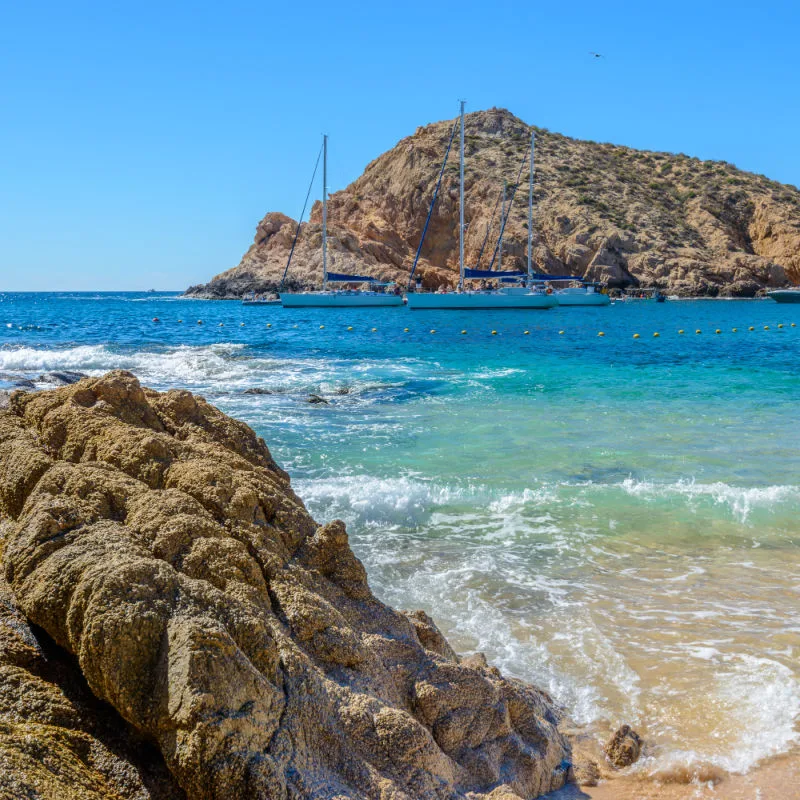
Regarding insects, tourists are asked to separate their beds from the walls, use mosquito repellents when necessary, and check bottles and cans before drinking their contents.
When it comes to mammals, even though the ones inhabiting Baja California Sur are often docile, people should avoid contact with them, as foxes, coyotes, and skunks may transmit several diseases, including rabies.
But what should Los Cabos tourists do when seeing a dangerous animal?
What to do if you encounter a poisonous animal on your Los Cabos trip
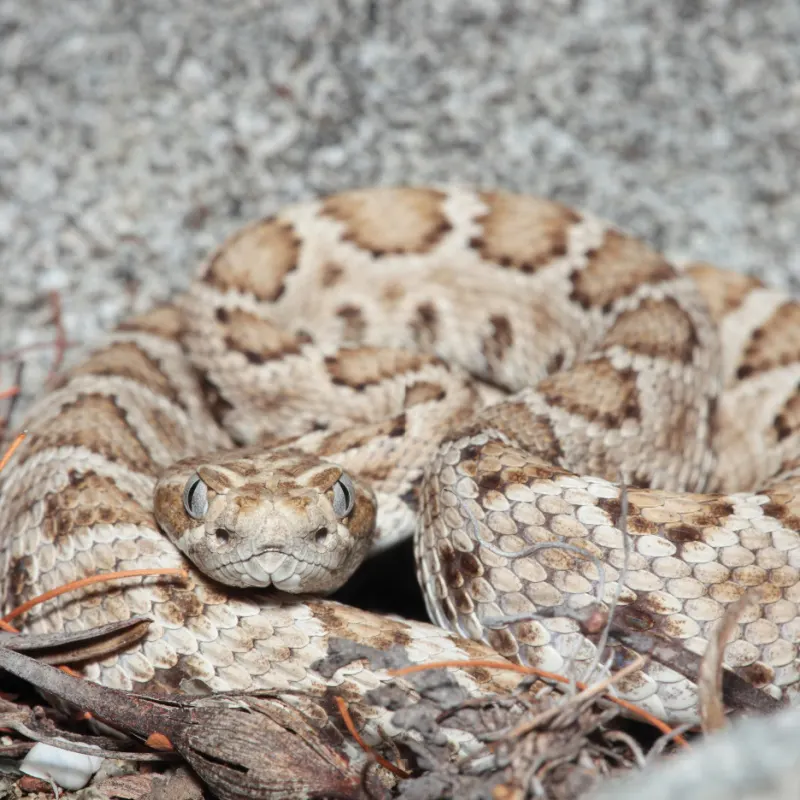
This largely depends on which animal crossed your path. When seeing a snake, tourists should keep their distance and avoid sudden movements.
If, despite everything, you get bitten, local authorities suggest you remain calm and call the emergency number 911.
Medical experts will soon be able to provide assistance by taking you to the nearest hospital where you will receive the right treatment.
Visitors should never attempt to suction out the venom or make improvised tourniquets both for snake and spider bites.
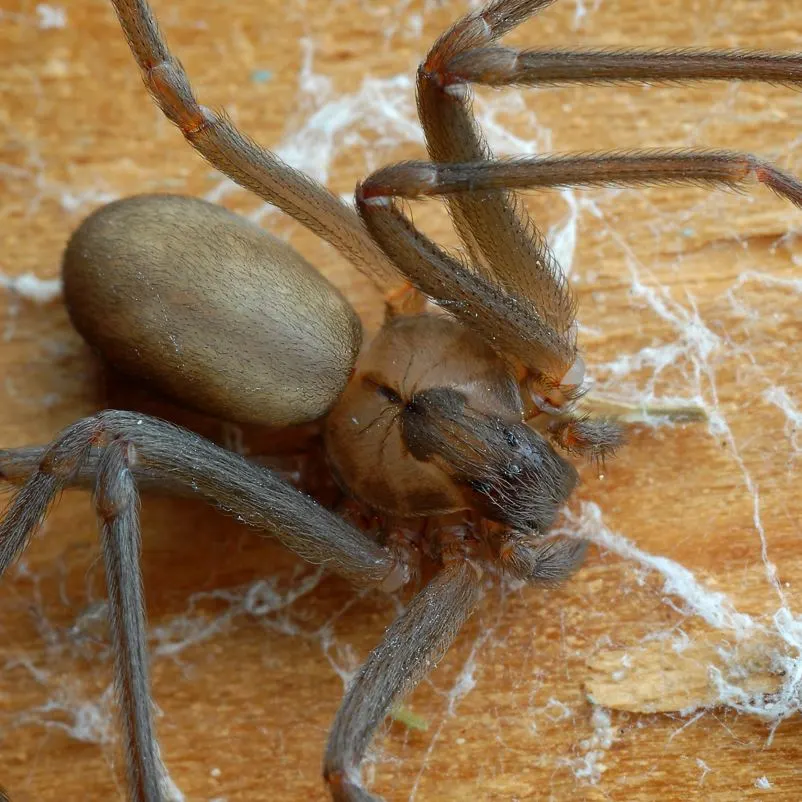
When it comes to jellyfish, travelers shouldn’t worry too much, as local lifeguards always warn bathers about their presence.
This is signaled through white flags placed on the shores of the beaches where these animals are found.
In case of a jellyfish sting, tourists should go to the nearest lifeguard and ask for assistance.
In a recent interview on this topic, Joel Castro Villanueva, one of Zofemat lifeguards working on El Chileno Beach, declared: “In case when a person comes to us with a jellyfish sting, what we do is check them and take care of them.”

He later specified how medical experts may also be called for the worst cases. “If the person already has an allergy or has a slightly more severe discomfort, the ambulances are called,” said Joel Castro Villanueva.
In this regard, local organizations studying these animals suggest all tourists visiting Los Cabos beaches carry a first aid kit with them, particularly those heading there with young kids.
On top of this, travelers are advised to wash the affected area with salt water and avoid rubbing it, as this can activate the still inactive stinging cells, causing more pain.
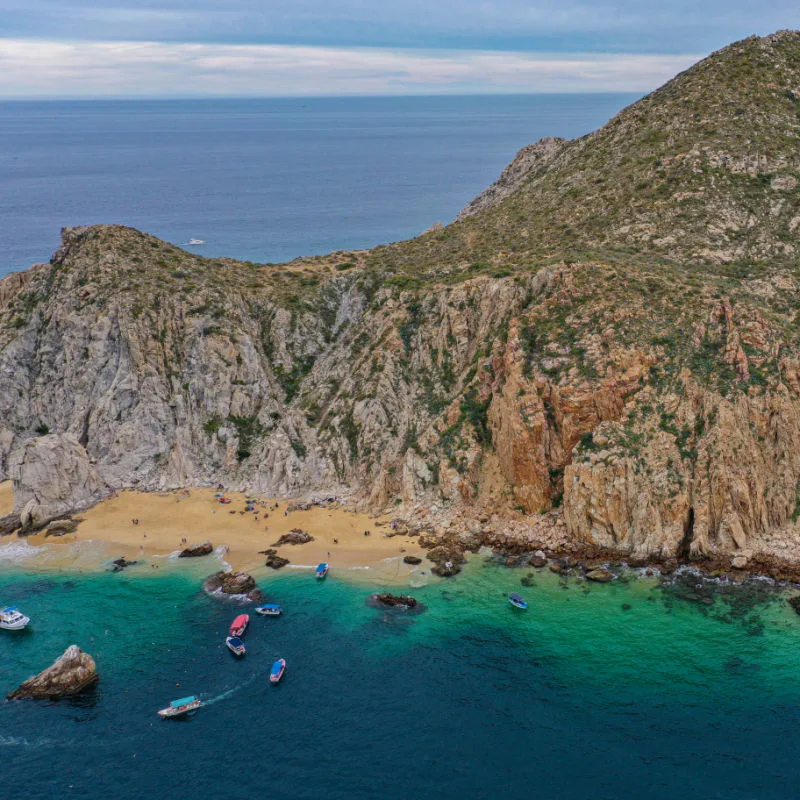
Are Los Cabos Beaches safe?
In light of all the recent recommendations, visitors heading to Los Cabos soon may now be wondering whether this area is safe for bathers.
Luckily, the answer is yes.
The local government has made it its number-one priority to ensure high safety levels all year around, increasing surveillance during periods in which tourist influxes are expected to increase, such as March and early April.
Not buy chance, in the last few days, Los Cabo authorities have launched several initiatives to better protect tourists.
To give an example, 90 tourist help points have recently been added to some of the municipality’s most tourist sites where visitors can ask for assistance and directions.
Plan Your Next Cabo Vacation:
Traveler Alert: Don’t Forget Travel Insurance For Your Next Trip!
Choose From Thousands of Cabo Hotels, Resorts and Hostels with Free Cancellation On Most Properties
↓ Join The Community ↓
The Cabo Sun Community FB group has all the latest travel news, conversations and current events happening in Los Cabos

Subscribe to our Latest Posts
Enter your email address to subscribe to The Cancun Sun’s latest breaking news affecting travelers, straight to your inbox.

Lynn
Monday 1st of April 2024
Please repair the roads on the highway from el tulé to Los Cabos, and clean the borders. Not good for the residents and the newcomers in Cabo. Thank you